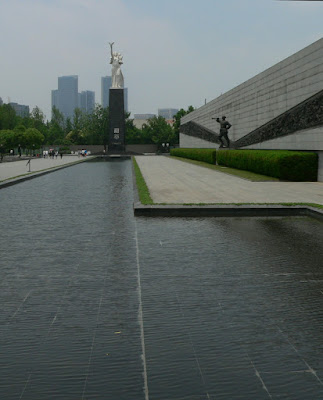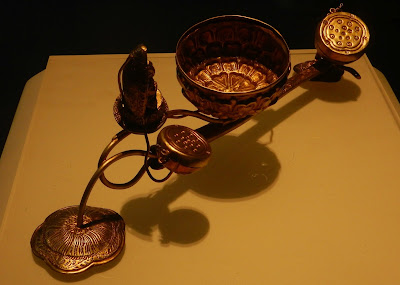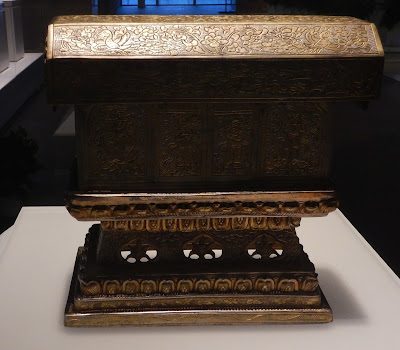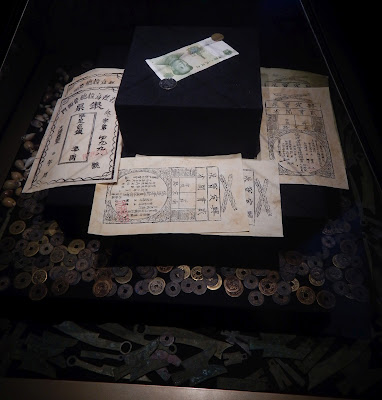. . . we have a new reconstructed state space diagram.
This year's minimum is 4.64 million sq km, which is a nice improvement from last year, and keeps the chart well within the lower area of Lyapunov stability proposed here about four years ago. With each passing year, my confidence that we have really entered an area of stability grows.
It is still unclear when the system will break out of its current area of stability, and what it's most likely behaviour will be (the two main contenders being a return toward the earlier area of stability at upper right, or a continuation towards the ice-free conditions forecast by so many. .
This year's minimum is 4.64 million sq km, which is a nice improvement from last year, and keeps the chart well within the lower area of Lyapunov stability proposed here about four years ago. With each passing year, my confidence that we have really entered an area of stability grows.
It is still unclear when the system will break out of its current area of stability, and what it's most likely behaviour will be (the two main contenders being a return toward the earlier area of stability at upper right, or a continuation towards the ice-free conditions forecast by so many. .








































